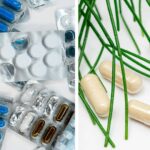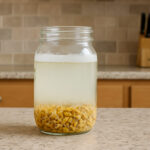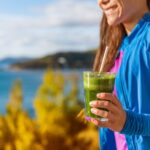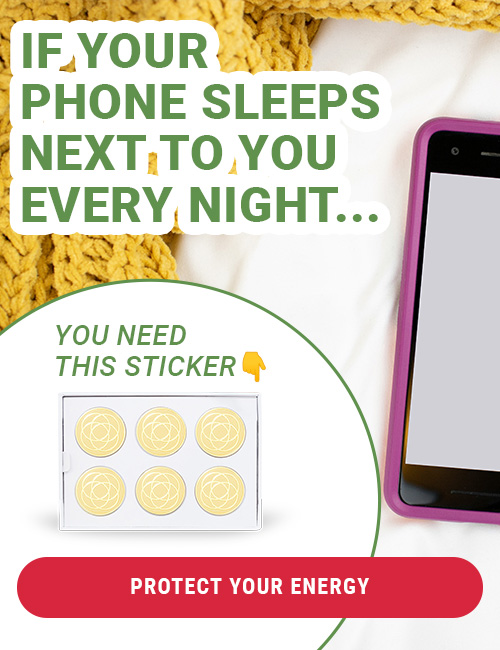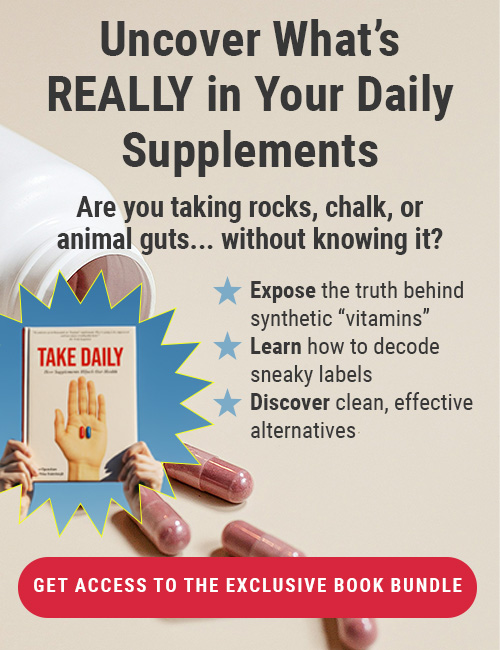Does Methylene Blue Live Up to the Hype?
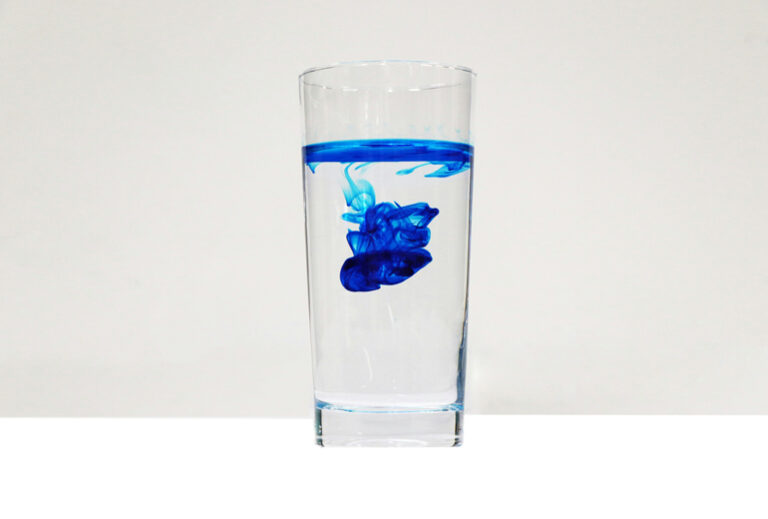
Methylene Blue (MB) is a supplement that is a big fad these days.
I attended an all-day conference where the host, a functional medicine doctor, handed out samples for everyone to try.
Then, I got on the phone with another functional medicine doctor, who told me to read Mark Sloan’s book on MB, which I did.
What I Think About Mark Sloan’s Glowing Methylene Blue Book
Sloan’s business model is to pick a trendy health product, write a book glowing about its potential, reviewing the studies that may show benefits.
At the end, he sends readers to his affiliate link for a company that sells that product, where he earns a commission.
You can review his previous books, which also follow this formula.
I read the book and dug into what MB really is. My son, daughter, and I used it for one month. (Despite my misgivings, which will follow.)
The author, Sloan, gives no personal details of his OWN story of how methylene blue affected him personally–
–except to say that of all the supplements he’s tried, this one was more helpful than anything else he’s tried, for his chronic lifelong depression.
He very much did not say his depression was notably improved. He just said it was better than other supplements he’s tried.
A weak sentence like that could mean that nothing has ever worked for your depression.
It seems that if you wrote an entire book on an unregulated chemical dye being used as a medicinal, and it benefits you, you would say more than one sentence about it.
Otherwise, I suspect the book was just a profit play. It was not written because the author had any impressive results with the product.
Because it’s clever to write an entire book about the use of industrial blue dye as if it’s medicine, and as if people should spend 3 hours listening to it on Audible, as I confess I did.
My suspicion about it is related to the lack of a clear mechanism of action explaining why it could be medicinal, plus the fact that it’s very toxic. This is easily found, even if Sloan never touched on it, and entirely chemical or synthetic.
Since you can Google and find the adverse health effects of taking MB in seconds, I wonder why they did not make it into Mark Sloan’s book.
I wonder if the fact that “there’s a whole book on it” gives people a false sense of MB’s value.
The strange thing about the studies Mark Sloan was citing was how statistically insignificant they were. They didn’t really prove much.
What Happened When I Took Methylene Blue for 30 Days
While I have no health issues besides anxiety, which can sometimes affect my sleep, MB was so hyped for anxiety and depression, I gave it a try religiously every morning for 30 days.
In fact, I didn’t use only blue dye because, by itself, I couldn’t imagine why it would be medicinally helpful.
But as a theory that it improves the value of red-light therapy, I took 10 drops of the MB in water 20 minutes before doing red and near-infrared light treatment, every day for 30 days.
My children, who likely weren’t as rigorous with it as I was, observed absolutely zero impact on their anxiety, anxiety being almost ubiquitous in society these days, and my kids complain of it.
I didn’t notice any effect either.
Because I don’t want a blue brain and organs, which you can see here, let alone gray and blueish teeth and a face I’m seeing a couple of public figures develop, using the blue dye, hoping for health benefits, I quit the experiment at 30 days.
Methylene Blue Is NOT Natural!

Methylene Blue is an entirely synthetic (man-made) product.
You should be aware that the blue dye is not natural. It didn’t even start naturally.
Like how ascorbic acid (called “vitamin C” by supplement makers) at least started as GMO corn. (A dubious argument indeed, to call it “natural” in any way, and I’m not endorsing it – it’s highly synthetic with several chemicals involved.)
[Related: Does Vitamin C (Ascorbic Acid) Actually Work?]
However, ascorbic acid is made from byproducts of corn processing before manufacturing, which occurs almost exclusively in China and India.
Or like DMSO, which starts with wood pulp from the lumber industry – so it once was a tree. (That’s natural, right? Never mind all the chemicals involved.)
Or a popular produce preservative which has some kind of plant in it somewhere, along with chemicals and indigestible fats.
(Grapeseed is what they told us when we wrote them asking their justification for calling it “plant-based” despite their FDA filing showing two solvents and five heavy metals used in making the product.
Then, in an interview with the produce coating founder said any plant product will do.)
So, be aware that you’re taking an entirely synthetic product with MB.
Negative Health Effects of Methylene Blue
Also, be aware that many negative health effects are documented in research for human use of MB, even if Mark Sloan did not cover them in his book.
They include dizziness, difficulty breathing or swallowing, confusion, chest tightness, agitation, and blueish-colored lips, fingernails, or palms.
I am co-authoring a book to be released later this year on the whole playbook of the supplement industry. We document how a waste product of some industry gets transformed from something that the industry has to pay to take away–
–to a product another company then pays for instead (they don’t pay much! So it’s highly profitable to make supplements from) in a capsule endowed by marketers with magical properties.
Almost always, a significant amount of processing and using petrochemical solvents and metals are involved. Before you have a capsule of some white powder to take, that may or may not help you with short-term symptoms.
Or moves a lab biomarker. (Or you hope it does. If it doesn’t, the usual recommendation from practitioners is to take MORE of it.)
I have come to recognize this playbook as a brilliant way to improve the bottom line of big pharmaceutical companies AND the other industries whose byproducts they purchase for pennies–
–but I am very concerned about how people suspicious of Pharma are actually buying products from pharma, and don’t know it.
The supplement “side of the house” may now be bigger than the drug side of the house, for MOST of Big Pharma.
One whistleblower said he worked for one of the big six pharma companies in the 1990s, when it was widely known that the company's projected revenue by the year 2000 would be higher for supplements than for drugs.
And the people who identify as “holistic,” or anti-pharma solutions, are mostly none the wiser, thinking that all these alternatives, as long as Pfizer isn’t on the label, for instance, are “natural” and proven to be beneficial to the body.
The Bottom Line on Methylene Blue: I Don’t See Why It Would Work
With MB, I’m afraid I’m just not seeing it.
Sloan's book covers the chemical's range of potential benefits, but completely glosses over the fact that virtually none of the studies he cites showed anything but almost negligible positive effects.
Most of the studies' findings are barely statistically significant, but he does not discuss that. Most readers don’t know how to assess statistical significance, and I don’t know if he does.
Anyway, another part of the “playbook” is that for the most clever products, a positive short-term effect is measured in how people FEEL.
I’m not sure if there is one. With MB, I have a sample size of only three in my own little study, and I have no positive results to report.
But I do not see any mechanism of action whereby consuming blue dye addresses and fixes a problem in the human body. The mechanism of action was never addressed in the entire book I read on the subject, either.
Ironically, on the day I write this, West Virginia has banned blue dye as one of a handful of toxic dyes no longer allowed in food in that state.
Can we rule out the “placebo effect” for people who use synthetic blue dye and say they get some benefit? How does synthetic blue dye address any health issue?
Convince me I’m wrong! I’m listening.
Read Next: Why I Won’t Take 99% of Supplements Anymore

Disclosure: This post may contain affiliate links that help support the GSG mission without costing you extra. I recommend only companies and products that I use myself.
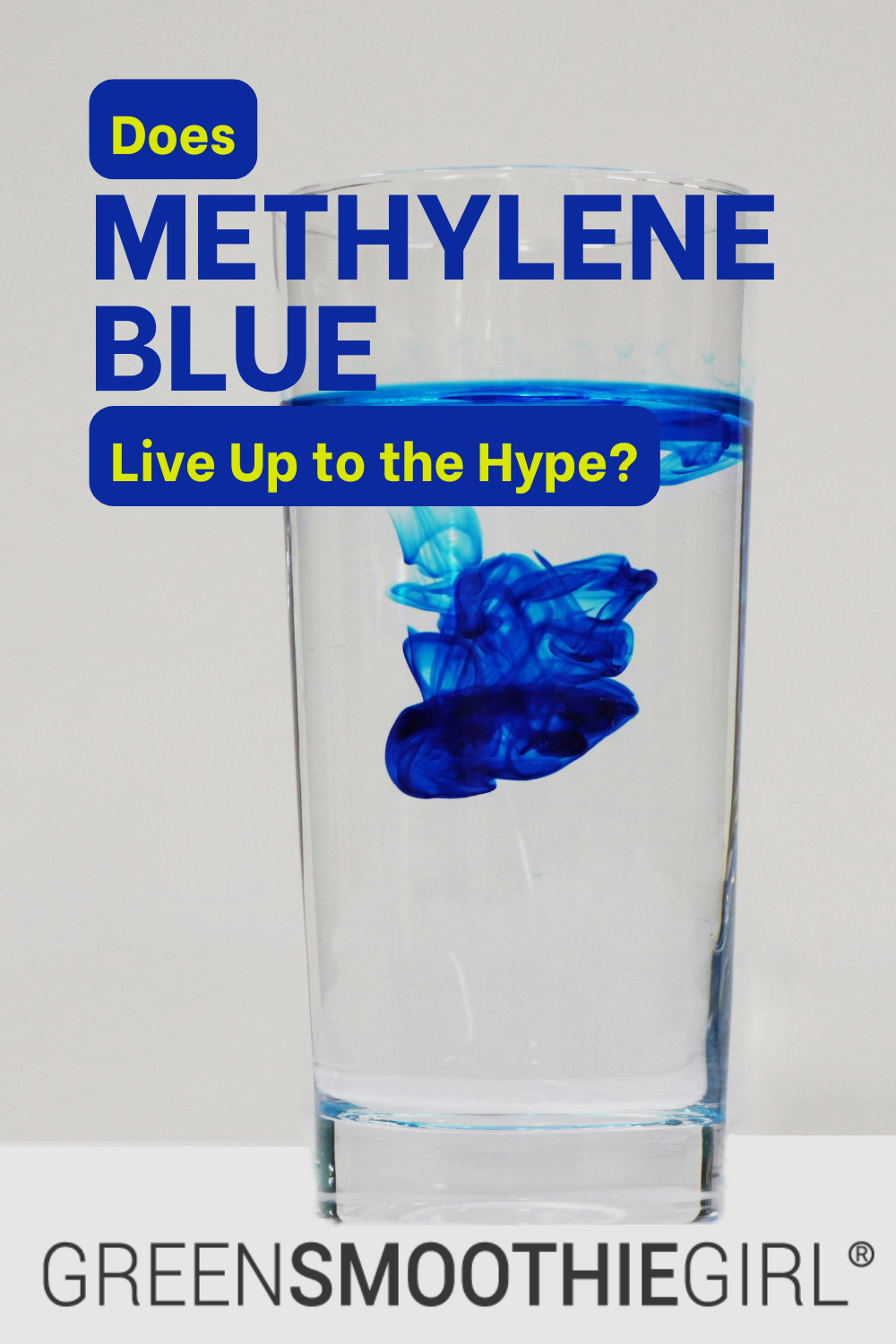
Image Notes
- MB beaker image used under an Attribution-ShareAlike 2.0 Generic license by Amanda Slater via Flickr
Posted in: Emotional Health, Health Concerns, Mind/Body Connection, Supplements








